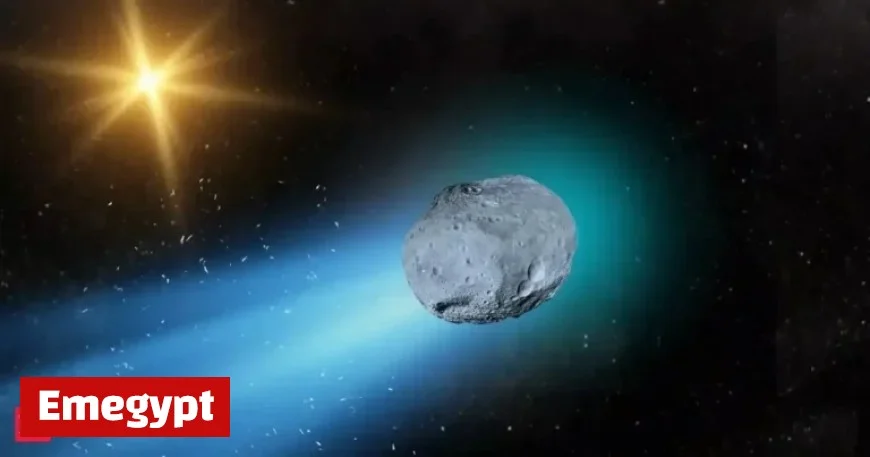NASA Silent on 3I/ATLAS High-Resolution Interstellar Comet Images

NASA is currently facing scrutiny for not releasing high-resolution images of the interstellar comet 3I/ATLAS. This comet has attracted significant attention from the scientific community, leading to questions about the availability of data captured by various telescopes.
3I/ATLAS Comet Overview
The interstellar comet, designated 3I/ATLAS, has exhibited unusual characteristics. Notably, its hyperbolic trajectory verifies its origins outside our solar system. Observations indicate that it possesses a strong carbon dioxide signature and shows signs of a heavily irradiated crust. Various telescopes, including the James Webb Space Telescope, have contributed to the ongoing research.
The Mystery of Missing High-Resolution Images
Reports claim that NASA’s HiRISE instrument aboard the Mars Reconnaissance Orbiter captured high-resolution images of 3I/ATLAS on October 2, 2025. However, these particular images have not been made public. This discrepancy has led to speculation within the scientific community regarding the reasons behind the lack of release.
Reasons for NASA’s Silence
- Internal Review: The unreleased images may still be undergoing evaluation and processing.
- Data Classification: There could be restrictions or protocols that limit immediate access to certain datasets.
- Backlog in Processing: There are possibilities of delays in processing data due to prioritization of other missions.
Implications of Withheld Data
Transparent data sharing is vital for the scientific community. When data, particularly that from significant observations, is withheld, it raises concerns about trust and the interpretations made by researchers. The unreleased 3I/ATLAS images could potentially reveal new insights about this comet’s behavior and structure.
Scientific Anomalies Observed
The behavioral features of 3I/ATLAS defy typical characteristics usually seen in comets. If NASA’s high-resolution images are eventually released, they could offer insights into unusual features such as:
- Jet behavior
- Non-standard outgassing
- Structural irregularities
Future Observations and Tracking
As 3I/ATLAS continues its journey through our solar system, researchers and astronomers will utilize various telescopes and possibly spacecraft for tracking. Analysis will focus on understanding its composition, shape, tail behavior, and trajectory.
Next Steps for Researchers
Researchers must remain vigilant in analyzing available data as they await the release of further images. Continued observations will be essential to form a comprehensive picture of the comet’s origin and nature.
Conclusion
While significant data about 3I/ATLAS is already accessible to the scientific community, the anticipation surrounding the high-resolution images remains palpable. The release of this data could reshape our understanding of interstellar objects.





























